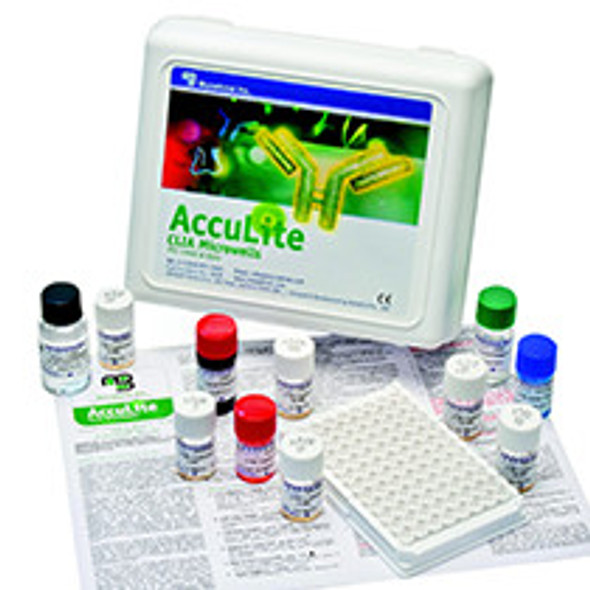Description
DHEA
5-Dehydroepiandrosterone (5-DHEA) is an endogenous naturalsteroid hormone secreted by the adrenal glands. DHEA is also produced by the gonads andthe brain making it the most abundant circulating steroid in humans. Its role inthe body is a prohormone for sex hormones acting on the androgen receptor directly and through its metabolites, which include androstenediol andandrostenedione, which can undergo further conversion to produce the androgentestosterone and the estrogens, including estrone, estradiol, and estriol.
Because DHEA is found to decline with age it isoften taken as supplement for wide range of conditions however medical science isinconclusive on the effects and risks. When ingested, DHEA is transformed toDHEA-S after passing the intestines and liver. Therefore DHEA is the unsulfatedversion of DHEA-S. While DHEA levels peak in the morning, DHEA-S is found to be more stable making itthe more popular test, however some markets, clinicians or studies prefer to measure DHEA.
As almost all DHEA is derived from the adrenal glands, bloodmeasurements of DHEAS/DHEA are useful to detect excess adrenal activity as seenin adrenal cancer or hyperplasia, including certain forms of congenital adrenalhyperplasia. Women with polycystic ovary syndrome tend to have elevated levelsof DHEAS.
Additional Information
Method: |
Enzyme Immunoassay, Chemiluminescence |
Principle: |
Competitive, Streptavidin-Coated Plate |
Calibrators: |
0 , 0.5, 2, 5, 10, & 30 ng/ml |
Sample: |
25 µl |
Sensitivity: |
0.15 ng/ml |
Reading: |
RLU’s |
Total Time: |
65 Minutes |
Shelf Life: |
18 Months |







